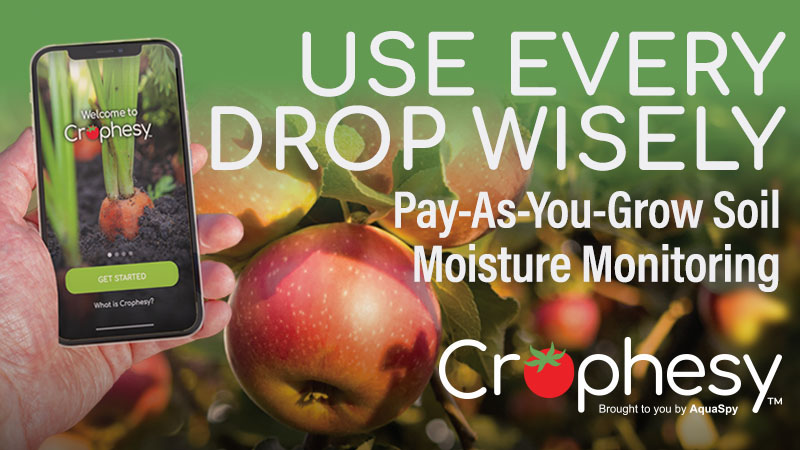EPA Considers Labeling Biostimulants as Pesticides
 Biostimulants may soon be listed as a pesticide, requiring similar regulatory oversight. EPA has written a draft guidance to that effect, and the comment period closes this coming Friday.
Biostimulants may soon be listed as a pesticide, requiring similar regulatory oversight. EPA has written a draft guidance to that effect, and the comment period closes this coming Friday.
In its draft guidance, the EPA says:
“In recognition of the growing categories of products generally known as plant biostimulants, this document is intended to provide guidance on identifying product label claims that are considered to be plant regulator claims by the Agency, thereby subjecting the products to regulation as pesticides under the Federal Insecticide, Fungicide, and Rodenticide Act (FIFRA), 7 U.S.C. 136–136y.”
Such a change would be a marked shift in current policy. And it’s something most in the plant industry are not aware of.
“I had not heard this. It is quite a dramatic move. It looks like they are conflating plant growth regulators (PGR’s) with biostimulants (not a PGR in most cases) and fertilizer (totally separate and unrelated),” says Richard Smith, University of California Vegetable Crop and Weed Science Farm Advisor at the Cooperative Extension in Monterey, Santa Cruz, and San Benito counties.
Hans Dramm, President and CFO, of Dramm Corporation wrote an open letter to the industry, calling attention to the proposed change.
Dramm’s Open Letter Calls for Taking Action
Here’s is Dramm’s open letter:
EPA guidance suggests fertilizers and other inputs approved for organic agriculture be classified as pesticides and therefore subject to EPA/FIFRA regulations.
The EPA recently released draft guidance suggesting that certain naturally-occurring biostimulants should be regulated and registered as pesticides under FIFRA.
In particular, Table 4 of the guidance specifically identifies specific naturally-occurring ingredients as “plant regulators” and therefore subject to EPA/FIFRA regulations. Each of these ingredients are USDA NOP listed as organic inputs and key ingredients for many NOP compliant fertilizers, soil amendments, and other products. Interpretation of the guidance suggests that any product using any proportion of the ingredients listed in Table 4 would be subject to this regulation regardless of whether plant-regulation claims were made on the label or other marketing efforts.
Many members of the organic agriculture and gardening community believe this is inappropriate because the use of these generic raw materials as a fertilizer ingredient is quite extensive and should not trigger any oversight under FIFRA simply because of their presence in a product or formulations. Such products are exempt from FIFRA and should not require registration with the EPA unless pesticidal claims are being made about the product.
Dramm Corporation produces liquid fertilizers sold to the organic agriculture market. Our operations are based in northeast Wisconsin but we feel the impact of the organic agriculture community throughout the United States and indeed the world. While we acknowledge and welcome EPA’s important role in regulating the use of potentially harmful pesticides in our environment, Dramm Corporation is strongly opposed to this draft guidance and the over-reach it represents by including inputs used in organic agriculture which clearly are not intended or produced as pesticides.
Dramm believes guidance should focus on product claims, not merely the presence of particular naturally-derived ingredients. Requiring pesticide registration for all these ingredients will have severe negative economic impact on input companies, farmers, processors, and consumers of organic food products. These compounds have a long history as safe and useful fertilizer ingredients. We are not aware of any adverse events associated with humic acid, fulvic acid, and seaweed extracts or their use; the current regulatory structure and registration requirements under the Federal Insecticide, Fungicide, and Rodenticide Act (FIFRA) are already effective in protecting the public and the environment where these materials are concerned.
For additional insight or commentary, please contact me at (920) 645-6422 or [email protected].
How to Submit Comments to EPA
The comment period on the proposed draft guidance closes this coming Friday. If you would like to submit your own viewpoints, EPA has instructions on how to do so on its site.










